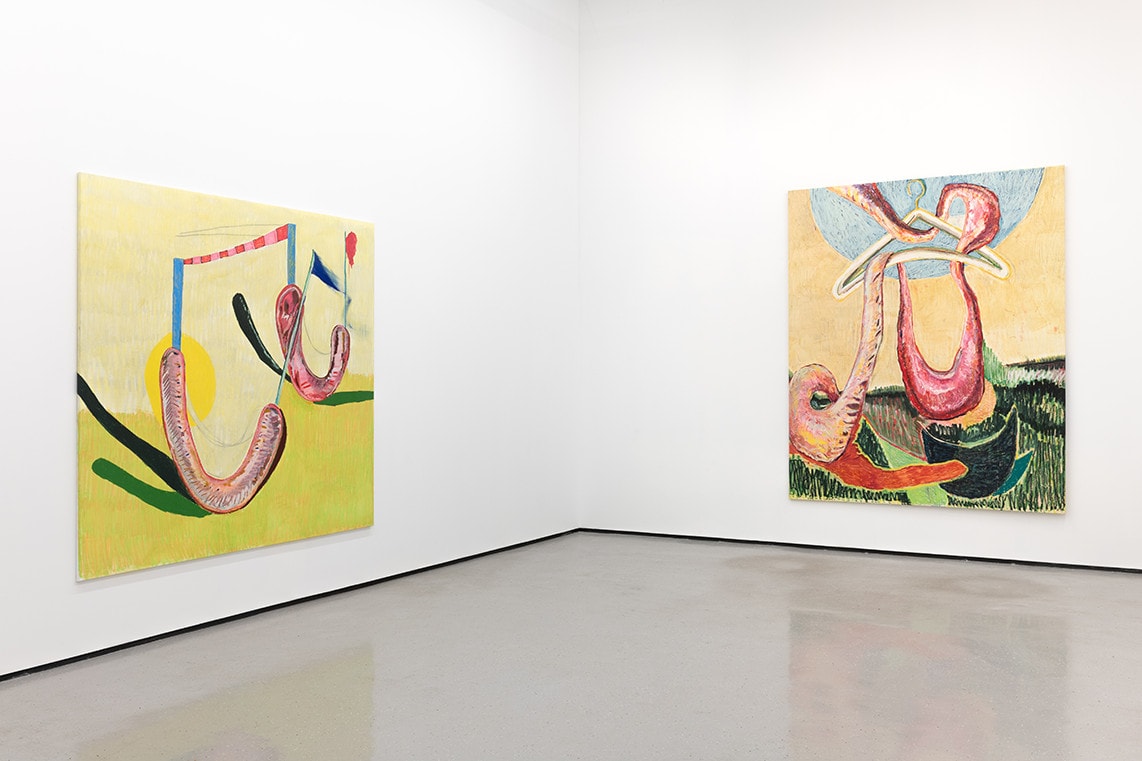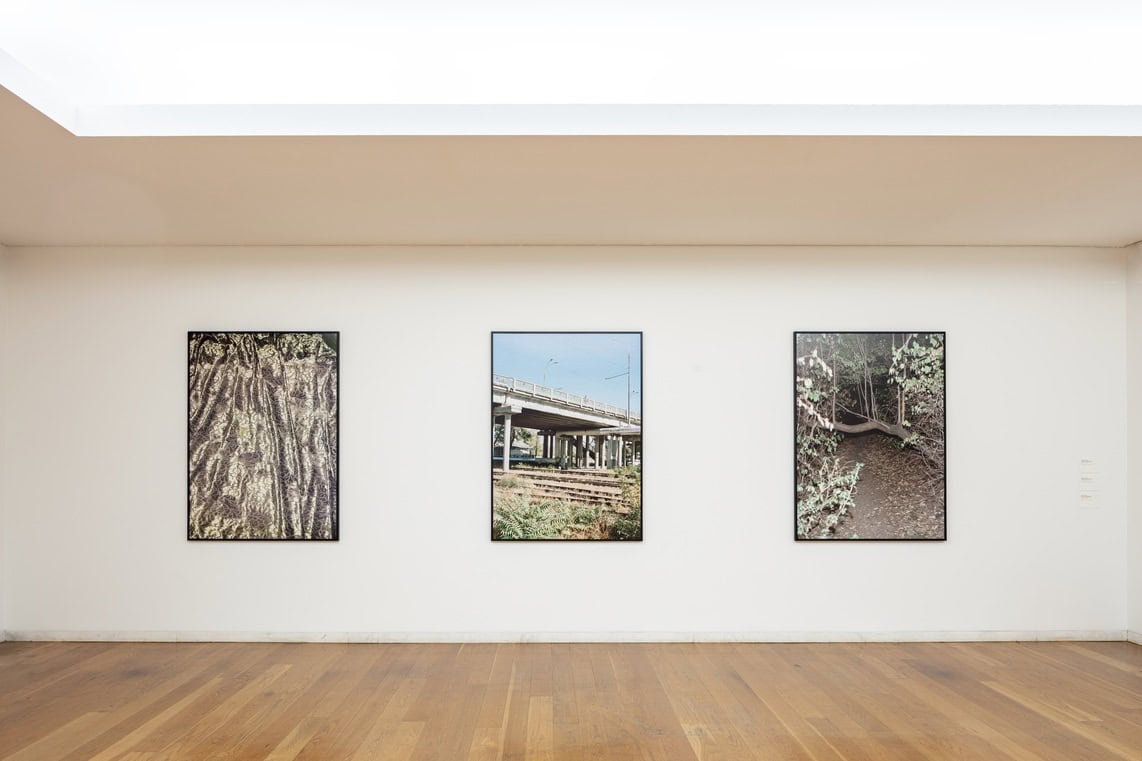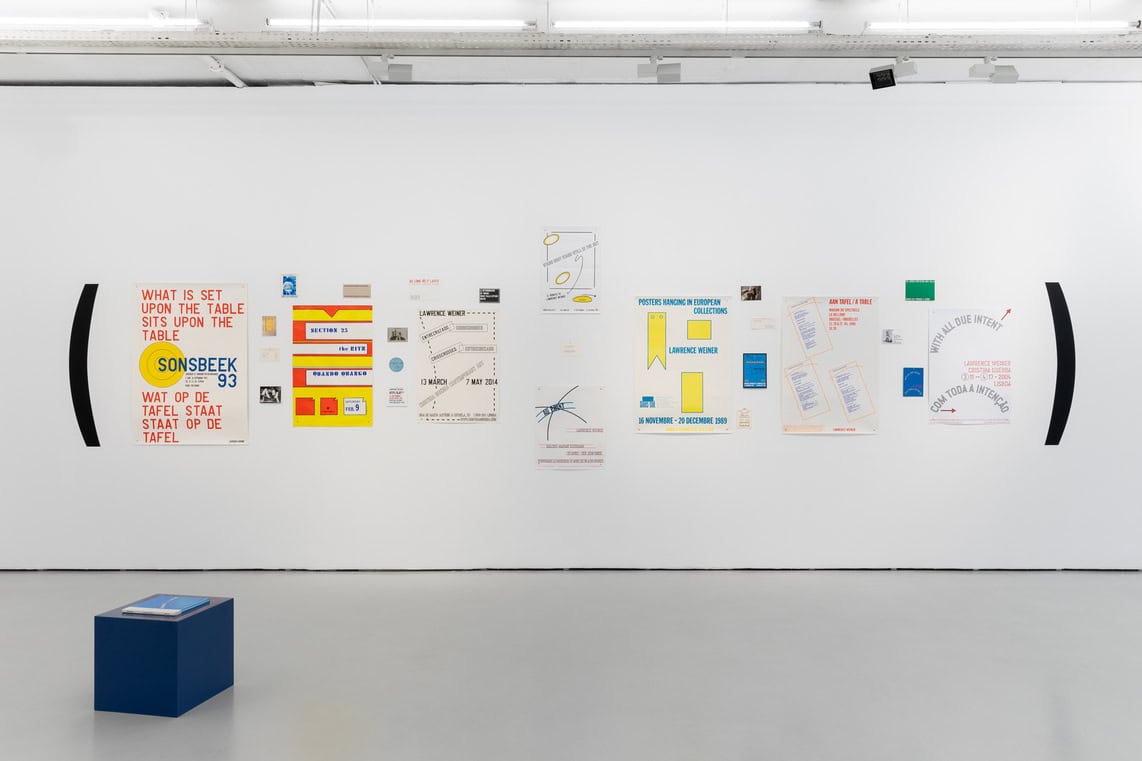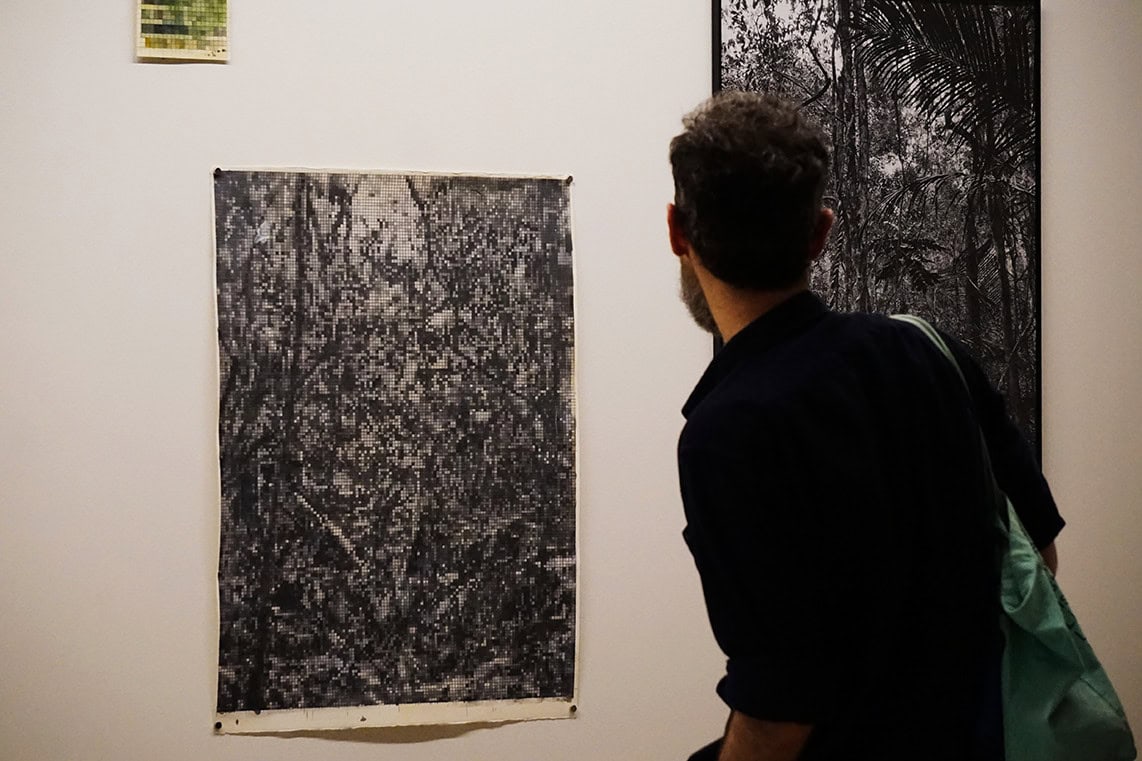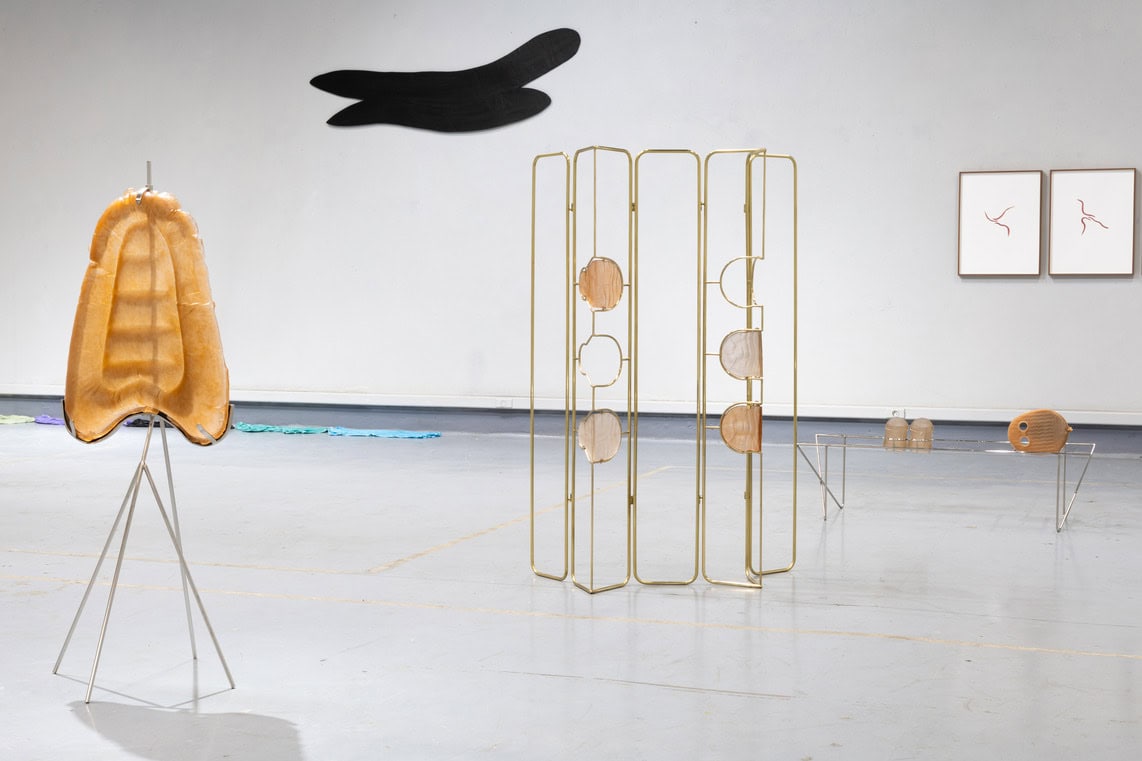I have no trace of the referent, so I am quoting from memory. When João Bénard da Costa anticipates a biopic about some Hollywood tycoon in the 1980s, he mentions that it will take place “when cinema is no longer more than an epic of itself”. I vow that such a claim carries no derogatory undertones that this isolated element may evoke, much less do I wish to do so. This is not the right place for it. Instead, I want to bring it into the present and find an expression to replace with “cinema” that properly encapsulates the exhibition It’s painted on her shirt in capitals, by João Ferro Martins, at 3+1 Arte Contemporânea. After that, we may be drawing other conclusions, but, as opposed to a few moments ago, I make no guarantees here.
Denying the derogatory nature of the statement should not necessarily mean that the criticism levelled by the exhibition lacks a negative or decadent aura. In fact, we are in the presence of a critique, but it does so using the same methods as the thing it criticises, and this reflects the stance of someone who has already given up trying otherwise, reinforcing the sense of decadence.
Ferro Martins is never showing us the thing itself. On the one hand, he hints at a particular – and often undefined – consequence of an event (as in the case of the knitting needles poking through the wall); on the other hand, he deceives us with clumsy mechanisms for simulating – or concealing – events that only find a pretext within the art field (such as the ladder leaning on a wooden structure). Among many other objects, we also find half tents and tempered glass; dismantled batteries and drumsticks (locked in a box); heaps of spectacles and ski masks. All this – together with the images of classic figures in oxidised frames – is a sort of a precariously poised object collection – literal or metaphorical – propped up merely by this exhibition’s very existence.
But back to our opening exercise. It becomes clear that the word “art” is not our key word. This is not the object of Ferro Martins’ criticism, or else there would not be this disappointment with what art should be in its origins. Rather, it criticises a state of art, its apparatus, of which Arthur Danto would approve the intention, but would not like the execution.
The “already” in the statement entails a condition that has been surpassed, and as a result proclaims an end, a downward movement, or a vicious cycle to avoid such an outcome. In the exhibition It’s painted on her shirt in capitals, the artist appears to harbour a sense of hope, and this is one of the agents of such eternal return. Isn’t this the offspring of a system that feeds on self-criticism? A system so wrapped up in itself that its sole aim is to constantly surpass itself, where the viewer’s multi-sensory experience is lost, and which will ultimately yield insignificant objects? Unrecognisable from their initial pretext? Anything other than art? I have already heard this condition dubbed Art in a Gaseous State[1]. But until it can be established that it still retains its identity as art, I shall call it “X”.
Parody or product? I leave it up to the audience. If I come up with a better replacement term than an unknown, I’ll have it printed in bold letters in the title.
The exhibition It’s painted on her shirt in capitals by João Ferro Martins is at 3+1 Arte Contemporânea, in Lisbon, until February 24.
[1] Expression coined by Yves Michaud.
